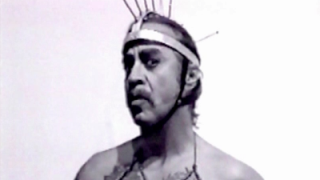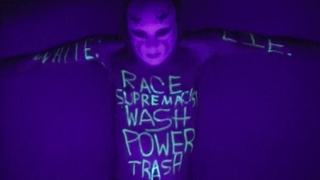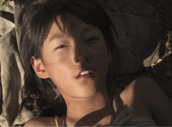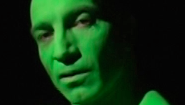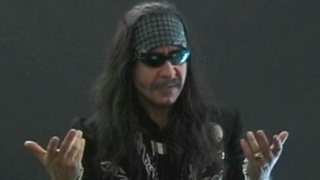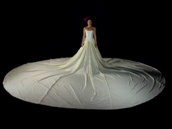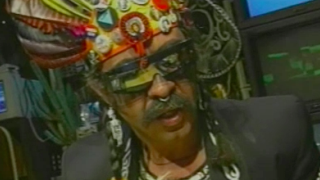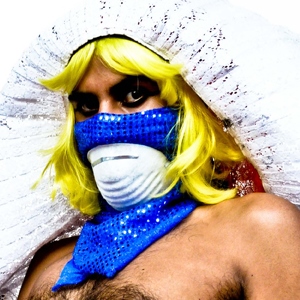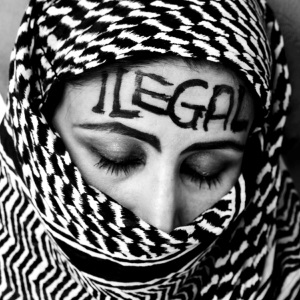Body art is radical performance art that explicitly uses the artist’s own body to comment visually, sensually and often viscerally on identity and to enact the body’s social meanings and expressive possibilities. It began after the Second World War with artists actually using their own and others’ bodies in their art. Body art came to prominence in the 1970s as part of a growing recognition that the body’s specificity and social significations mean it can never be neutral, either as an artistic medium – the actor’s body – or as the author of meaning – the artist’s body. Body art was led by feminist artists who put themselves in their work, collapsing the distance between artist and artwork, subject and object and process and product, and insisting that their embodied gendered experiences affected their work, its reception and its meanings. Carolee Schneemann, Yayoi Kusama, Karen Finley, Annie Sprinkle and numerous other artists have performed naked or semi-naked to challenge audiences to confront the ways in which pornography, fine art and other forms of representation persistently portray women as commodified sexual objects rather than as active subjects. As well as exploring the social significations of bodies differentiated by gender, sexuality, ‘race’, ethnicity, illness and so on, body art has explored the body’s material capabilities and limits. This work has focused on and tested the body’s material borders as well as the limits of mental endurance, provoking audiences to consider the ethics of their passive spectatorship. Body art also explores responses to pain, transgressed taboos, the putatively ‘obscene’, masochism, the presence of the performer, the mortality of the body and the complexities of subjectivity. It is practised in artistic contexts such as theatres and galleries, but it also occurs much more widely – and with many of the same meanings – through everyday life activities of costuming and body adornment such as tattooing, piercing and scarring. Body art might explore the body in time and in psychoanalytic understandings of pain and pleasure and provoke varied interpretations as celebratory, exhibitionist, self-abusive or liberating. From the RCTP
Image: Human Altar, courtesy of La Pocha Nostra


